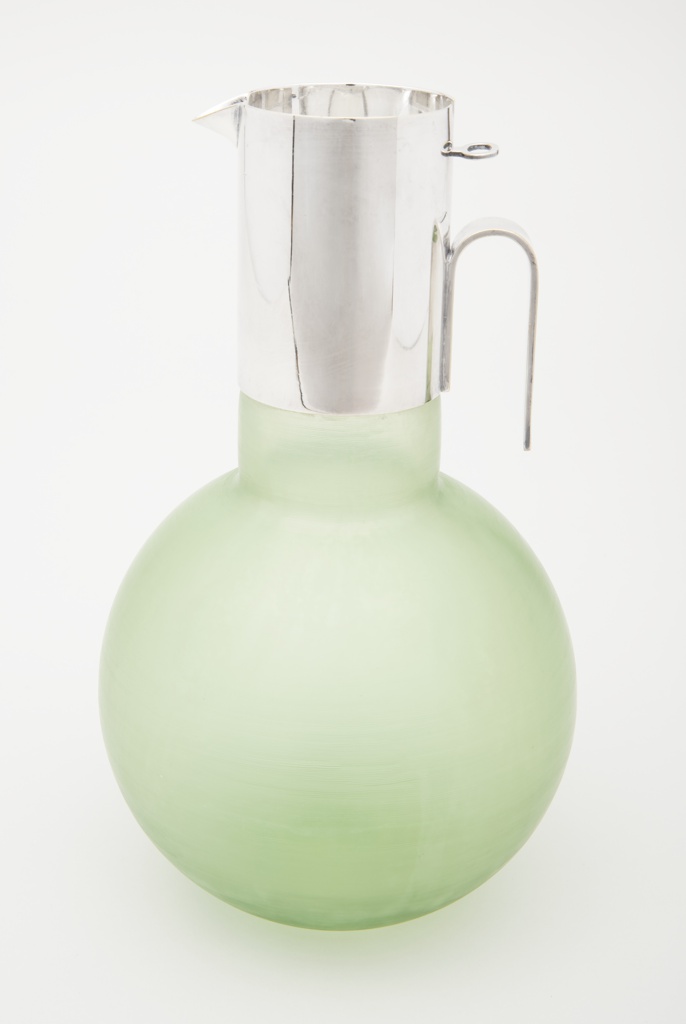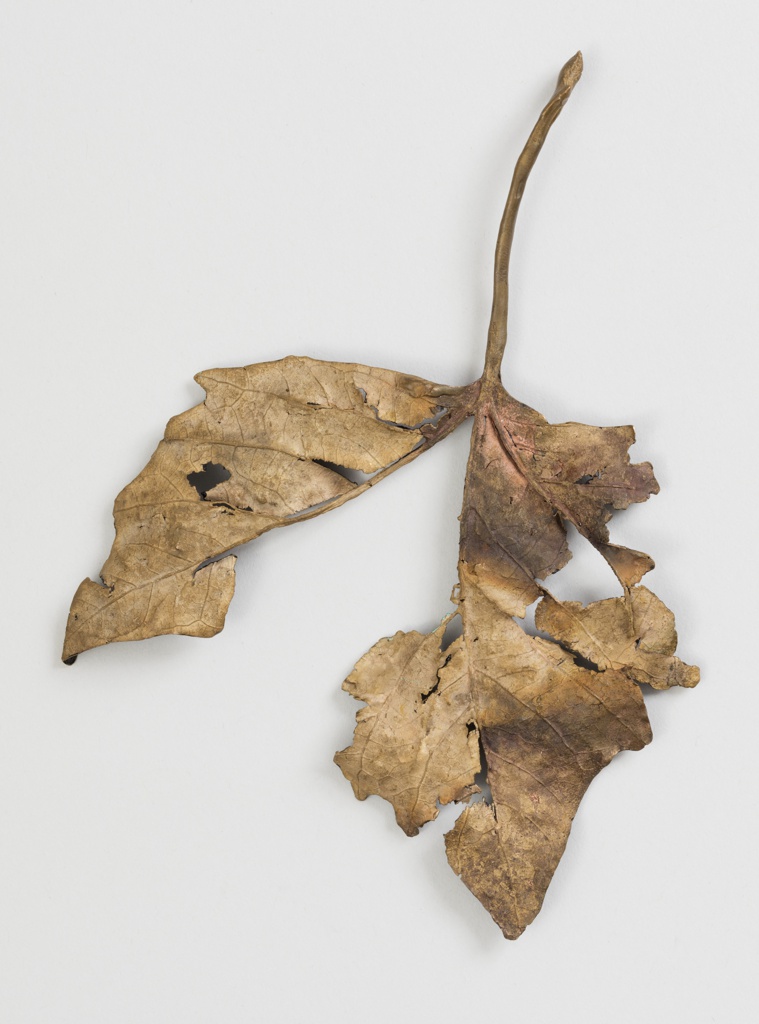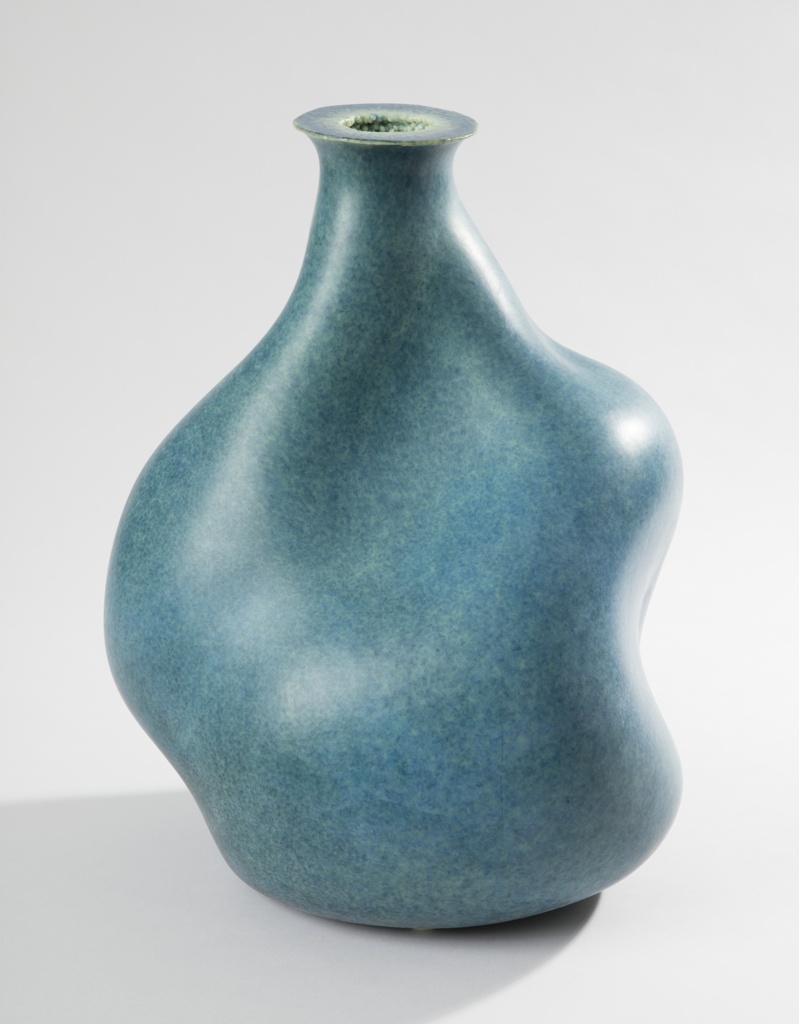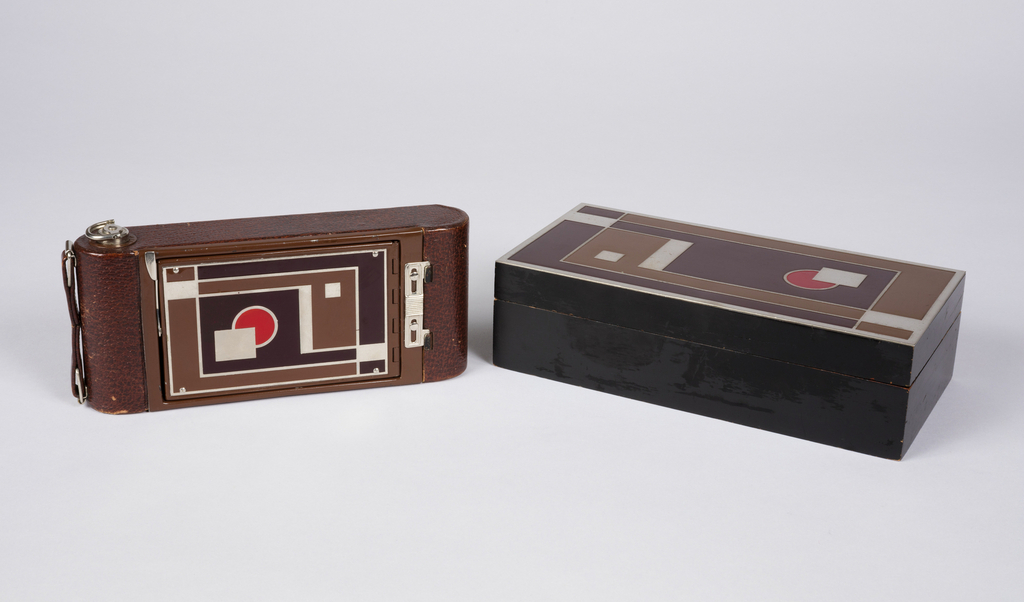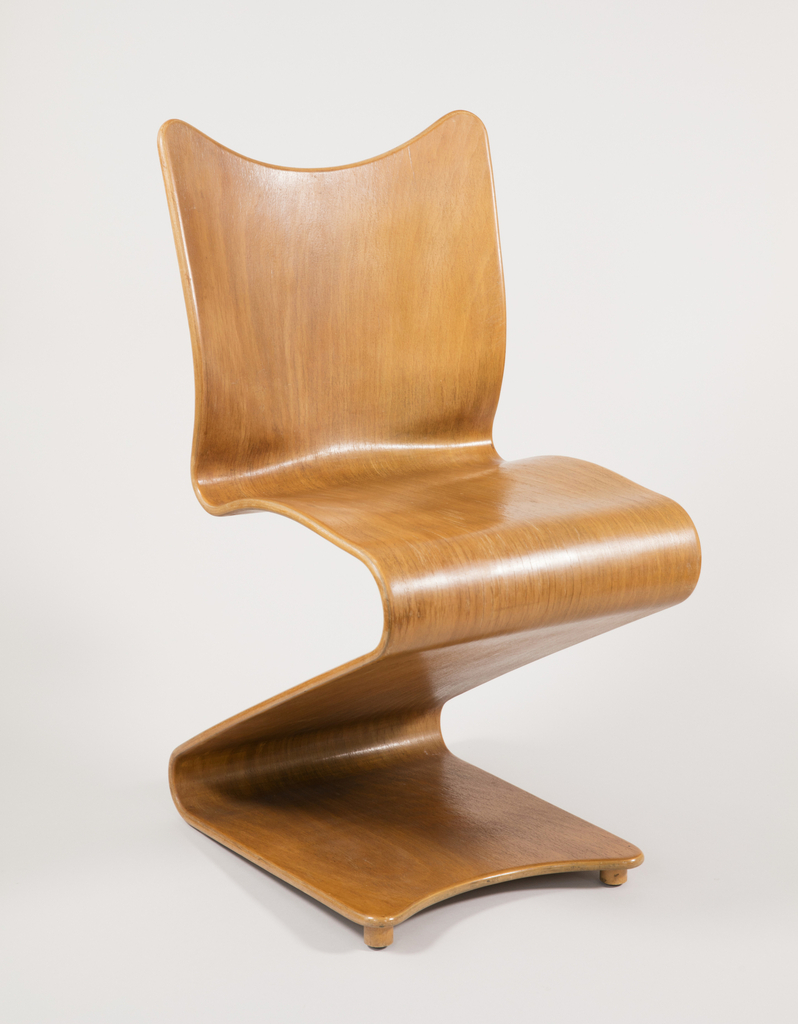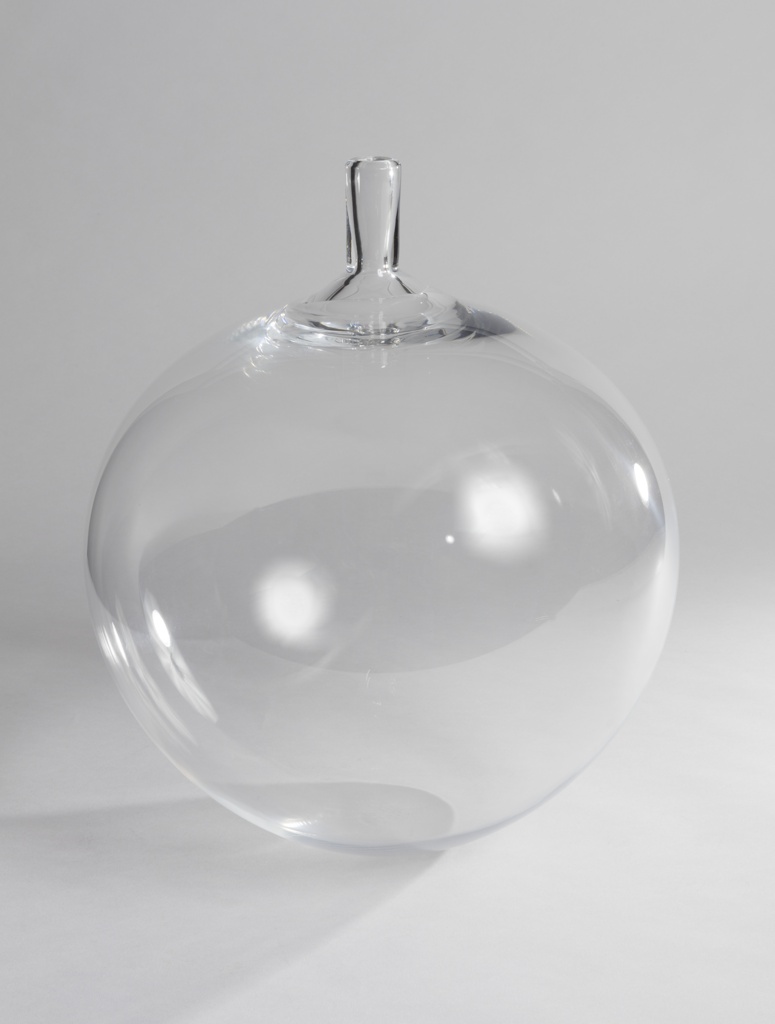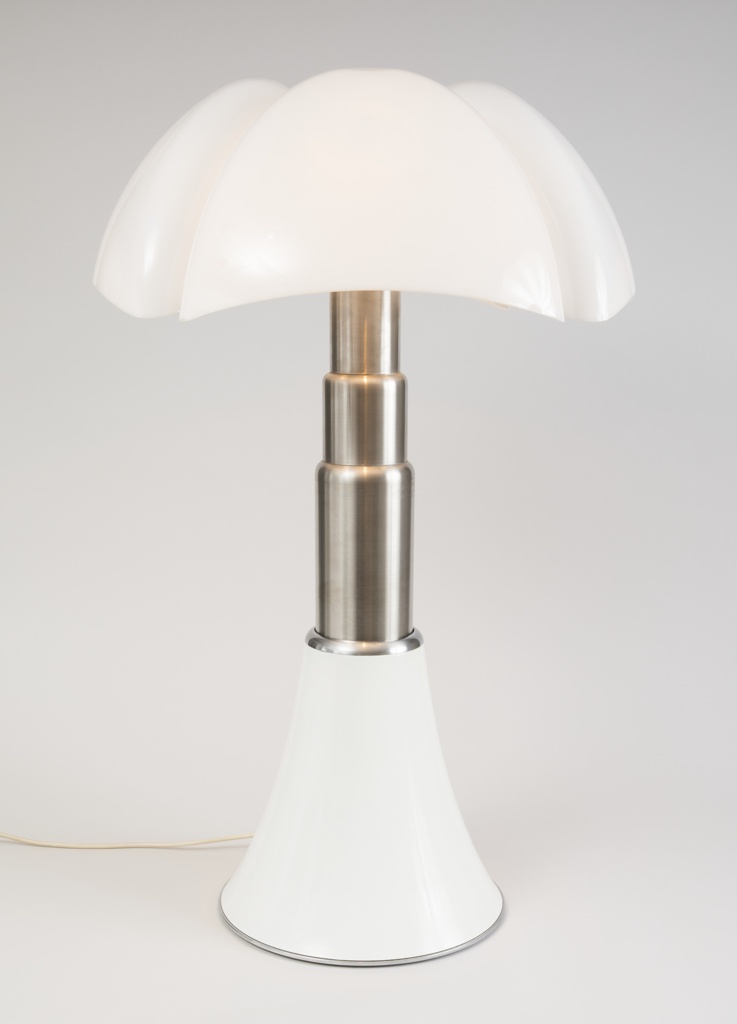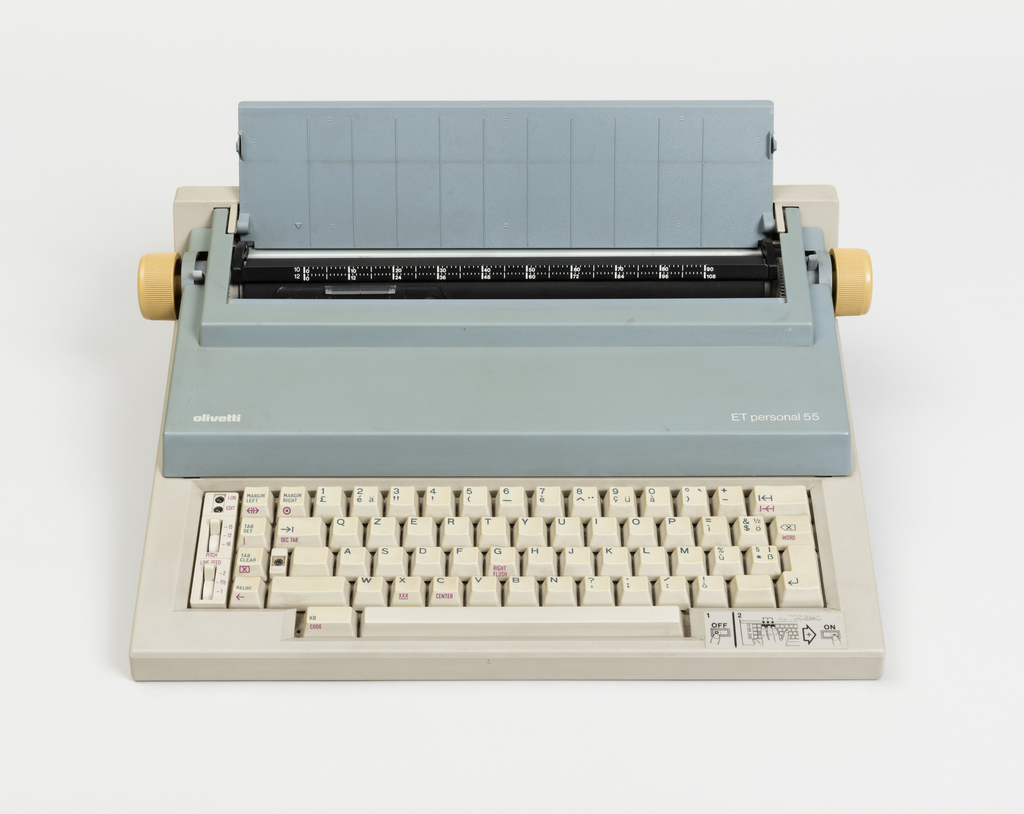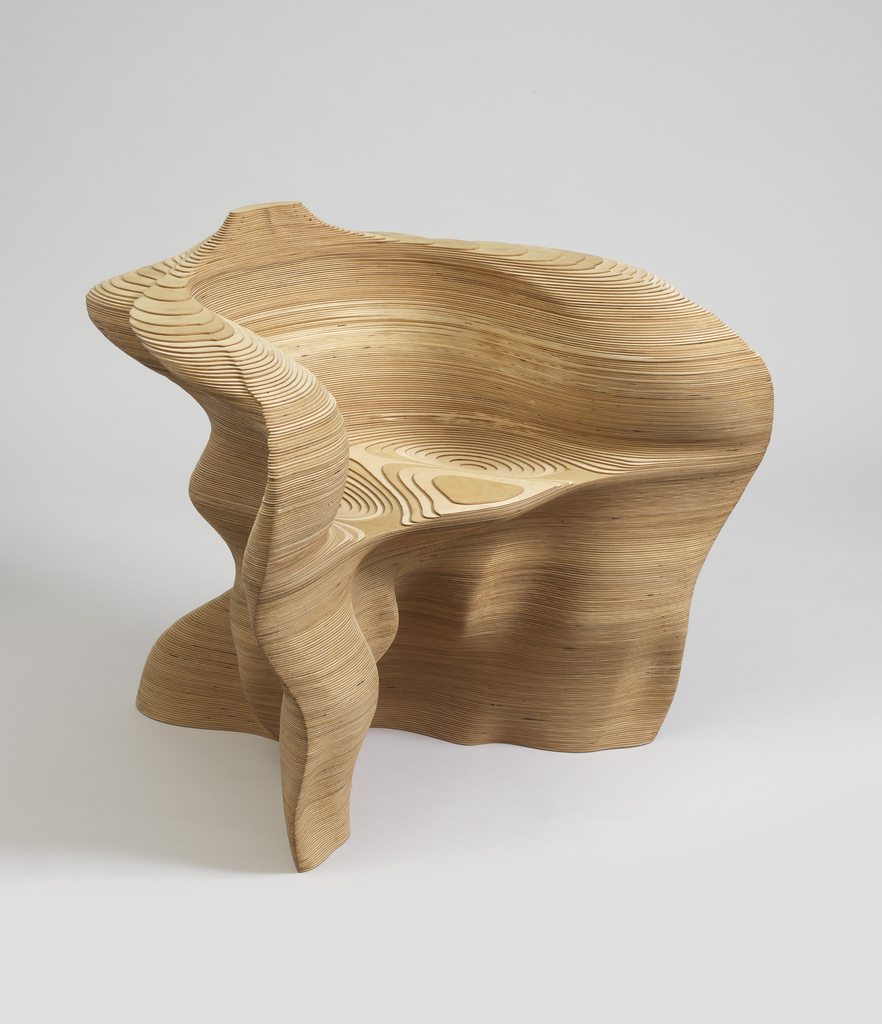Designer Massimo Vignelli was known for the sense of sophistication and refinement he brought to the product, graphic, and furniture design that he produced first in Italy, and later in the U.S. working with his wife Lella, also a designer. While a student at the School of Architecture in Venice, Vignelli learned about glass from architect and glass...
This bronze brooch by John Iversen, in the form of a delicate decaying leaf with all its ripples and tears, celebrates the variety, cycles, and even decline found in nature. Variations in the metal’s color and finish meticulously capture a dry leaf’s faded hues and brittle textures, heightening a sense of nature’s unpredictability and randomness....
Designers Rutger de Regt and Marlies van Putten, the principals of Handmade Industrials, are both inspired and concerned by today’s production processes that are increasingly driven by computers. They ask, are we reducing or removing the presence of human experience and experimentation in manufacturing? Are we losing touch with our environment—is it becoming increasingly artificial?...
Walter Dorwin Teague was a well-established industrial designer by 1928, when the Eastman Kodak Company, engaged him to modernize their line of cameras. Kodak sought Teague based on recommendations by curators from the Metropolitan Museum of Art. Having no prior experience in camera design, Teague undertook the assignment after Kodak agreed that he could spend...
Probably best known for his one-piece injection-molded plastic design, the Panton ‘S’ chair of 1960, designer Verner Panton was sketching ideas for one-piece, self-supporting, cantilevered stackable chairs made of a single material as early as 1955. Panton’s 275 S chair is the first one-piece cantilevered chair made of molded plywood. It was among his entries in the 1956...
For the nearly thirty years between 1947 and 1971, that Ingeborg Lundin designed glassware for Sweden’s Orrefors glassworks, her designs were prized for their originality, simplicity and grace. Founded in 1898, Orrefors originally manufactured bottles, window glass, and tableware. In 1914, the firm started to produce cut crystal, and by 1925 had become internationally renowned...
By the 1960s, it could be argued that lighting design had come of age. This was influenced by several factors—booming post-war economic growth, the emergence of a new youth market eager to challenge established ideas about modern style, and the continuing development of lighting technologies and new plastics that encouraged greater experimentation with form and...
By the 1980s, the drive to miniaturize electronics had advanced so far that industrial designers were no longer obliged to create forms that had to accommodate large internal mechanisms and parts. Mario Bellini and his contemporaries could use their creativity and skills to appeal to consumers on practical, visual and experiential levels. His ET Personal...
Danish designer Matthias Bengtsson designed the Slice chair in 1998, while a student at the Royal College of Art in London. Exploring the relationship between high tech manufacturing methods and the hand-made, his creative process combined cutting-edge production techniques with craft. Bengtsson first modeled the curves and contours of this sculptural form by hand in...
